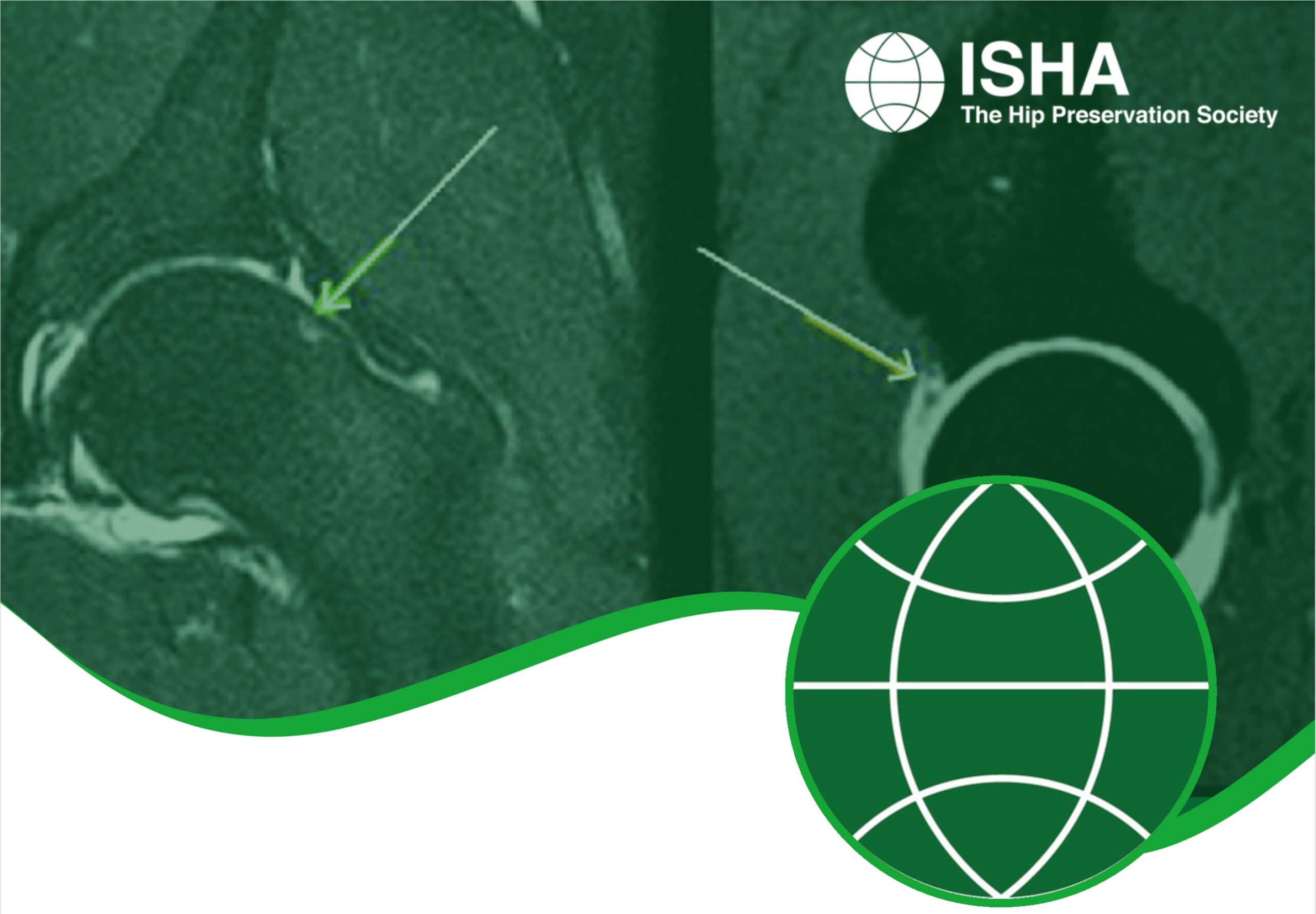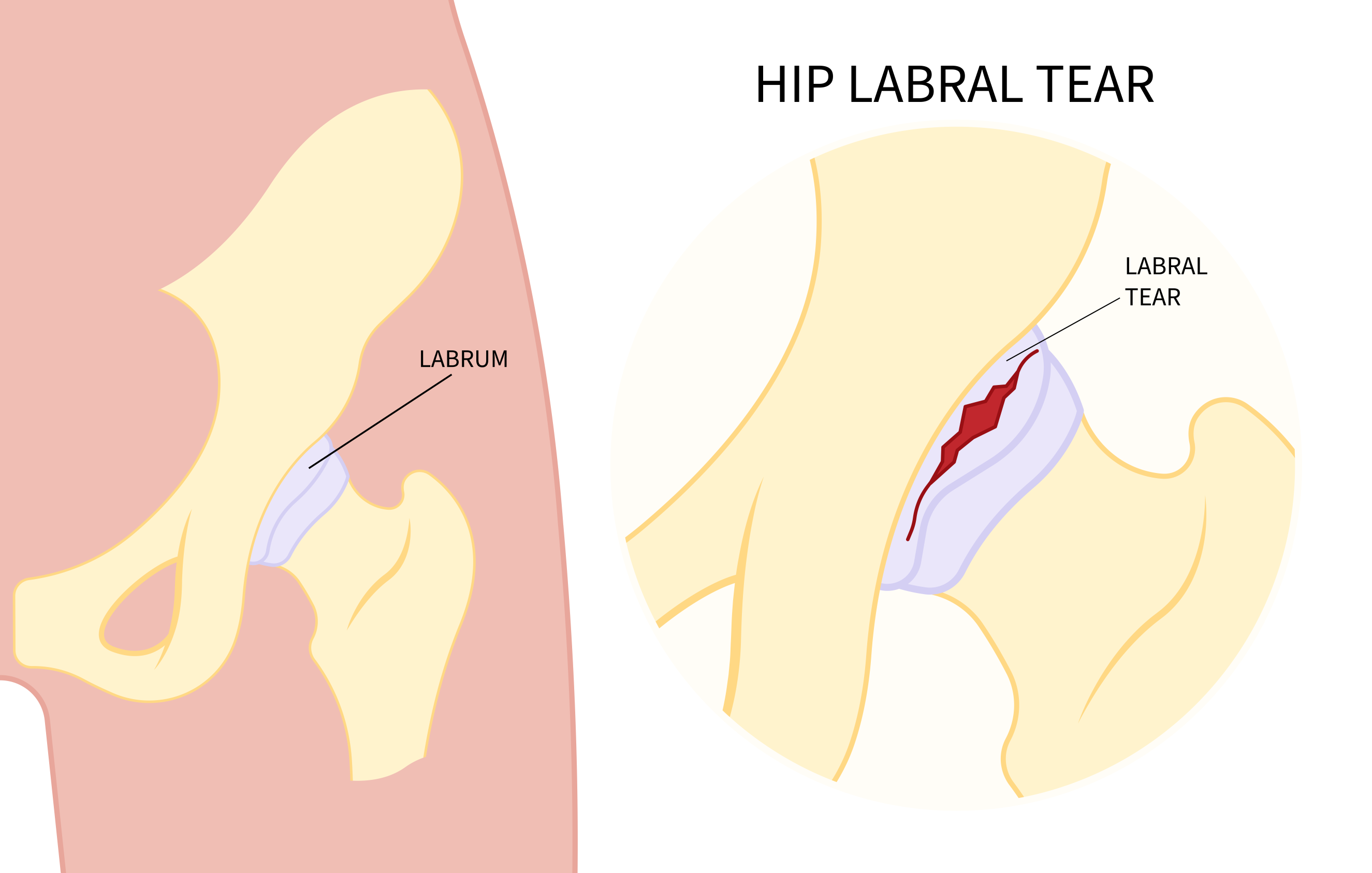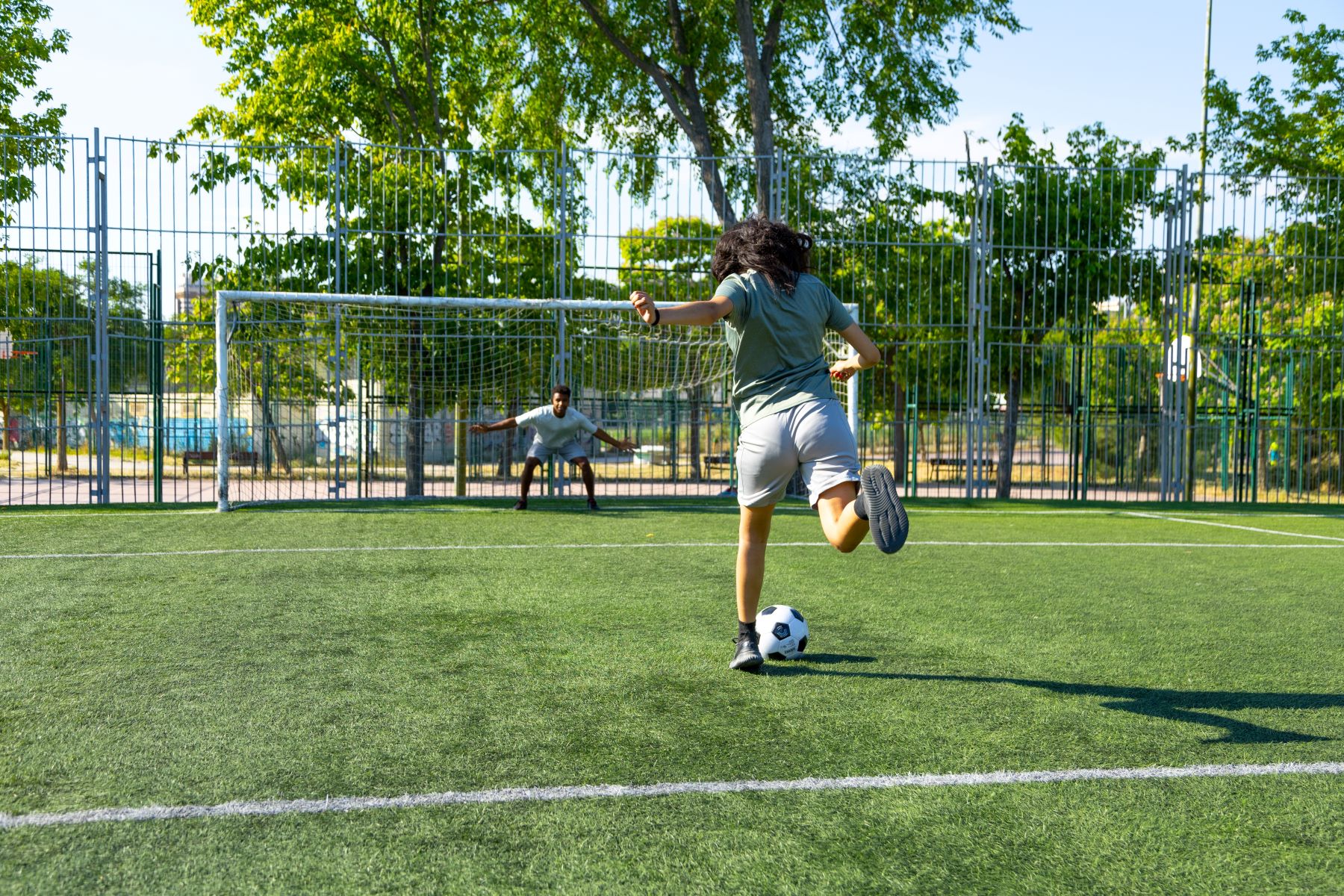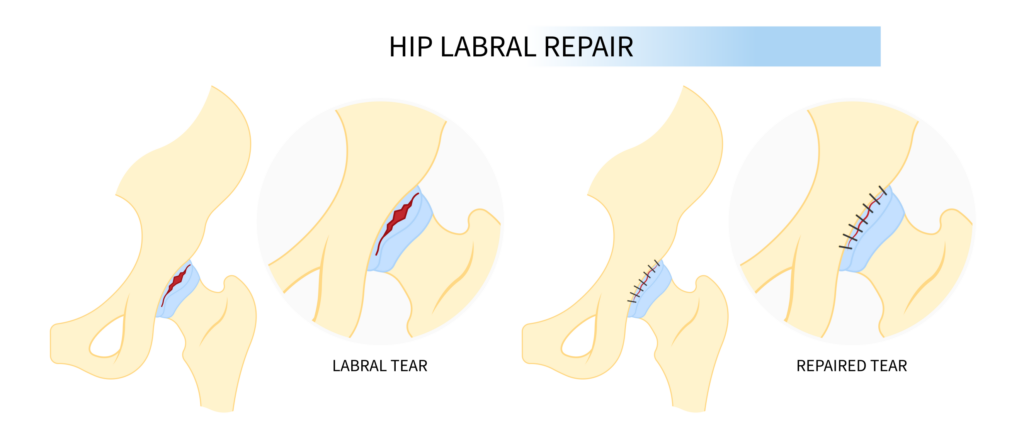
Patient Information from ISHA – The Hip Preservation Society
Labral Tears
Labral Tears

Definition
The labrum is a rim of cartilage-like tissue surrounding the edge of the acetabulum (socket). In appearance it looks like an additional lip adding further depth to the hip joint socket. It has several important functions, providing stability to the joint via a suction-type seal around the top of the femur (thigh bone). It also ensures that the synovial fluid which lubricates the joint remains in place and further aids the even distribution of loads going through the joint. Tears in the labrum may develop for a range of reasons, including:
- Injury or trauma
- Femoroacetabular impingement (FAI)
- Rotational deformities of the femur and acetabulum (where the hip joint is either rolled inwards or outwards, resulting in toes pointing in or out respectively)
- Instability
Athletes who perform repeated, highly strenuous movements through a large range of motion, placing excessive strain on the labrum, may be at risk of labral injuries. Damage may also be caused by the overgrowth of bone on the acetabulum (FAI) impinging on the labrum during hip movements. Over time this may result in labral tears as well as damage to the articular cartilage of the acetabulum.

Signs and Symptoms
Individuals with labral tears may experience a range of symptoms, including:
- Sharp, catching pain during certain movements
- Catching or locking during activities such as running, kicking, climbing stairs, changing direction
- Dull aching pain aggravated by prolonged sitting
Pain and discomfort are often located in the groin area, but can also be felt down the side of the hip and deep in the buttock.
Diagnosis
A detailed history will be taken during consultation with a hip preservation surgeon, including any reports of specific injuries or pattern of symptoms. A physical examination will include certain manual tests, with the hip joint being moved into positions which may reproduce the pain. Imaging is likely to include MRI or ultrasonography, but is not always able to confirm diagnosis of a labral tear. Where a rotational deformity of the femur or acetabulum is suspected, CT scanning may be required. All the information is then gathered, and a treatment plan devised.
Non-Surgical Treatment
Labral tears which cause symptoms often do not respond well to non-surgical treatments. Sometimes rest, activity modification, physical therapy and anti-inflammatory medications may help. If symptoms persist, surgical treatment of the underlying cause and any labral tear can be done via either an arthroscopic or open procedure.
Surgical Treatment
Hip arthroscopy is considered the gold standard treatment for labral damage and tears. During an arthroscopy, the labrum can be repaired by stitching, tidied up or reconstructed using a graft (either from the patient or a donor). In addition, any excessive bone found to be preventing movement as described above can be trimmed or shaved. If there is damage to the articular cartilage, this might be treated with microfracture.

What to expect after surgery
Recovery following arthroscopic surgery is generally quicker than after an open procedure and hence returning to activities is also easier. Any return to sport will also depend on what is found during surgery, and advice will be provided by the treating hip preservation surgeon and physiotherapist.
The amount of weightbearing on the affected leg may be restricted and activities limited during the first two or three months. This will vary amongst surgeons and will also depend on what is found during surgery and which techniques were performed. If microfracture is performed, partial weightbearing may be recommended for eight weeks to allow the bony surface to heal.
Physiotherapy can begin immediately after surgery, gradually increasing range of movement, stability, strength, mobility and function over a period of up to six months, depending on the surgery performed and individual aims.